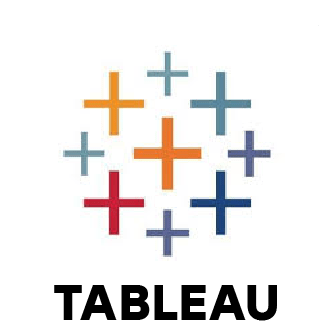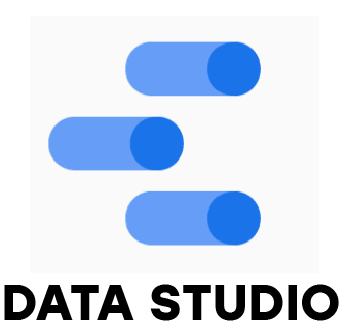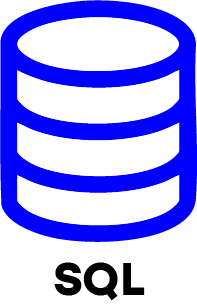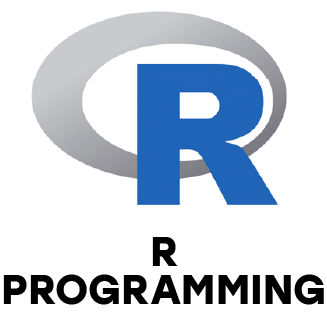1. What tools are commonly used in data analysis?
Ans:
Tools such as Excel, SQL, Tableau, Power BI, Python and R are frequently used for analyzing and visualizing data.
2. How to deal with missing values in a dataset?
Ans:
Depending on the situation, missing data can be resolved by removing rows, replacing values with medians or averages or applying imputation techniques.
3.How is a database different from a data warehouse?
Ans:
A database stores current operational data, while a data warehouse stores large-scale historical data used for analysis and reporting.
4. Why is data cleaning important in analysis?
Ans:
Data cleaning ensures accuracy by removing errors, duplicates and irrelevant information, leading to reliable insights.
5.What does data normalization mean and why is it important?
Ans:
By organizing data to improve consistency and decrease redundancy, data normalization increases the efficiency of storage and retrieval.
6.How can a pivot table be created in Excel?
Ans:
Choose the "Insert" tab, select "PivotTable," and then structure the fields to efficiently summarize and analyze the data.
7.What is a join in SQL and what types are there?
Ans:
A join links data from multiple tables using a related column. Common types include INNER JOIN, LEFT JOIN, RIGHT JOIN and FULL JOIN.
8.What is data visualization and its purpose?
Ans:
Using the application of charts and graphs, data visualization makes complex data easier to recognize and analyze.
9.How is data validation performed?
Ans:
Data validation checks data accuracy and format, ensuring inputs meet specific rules such as number ranges or text formats.
10.What is data modeling in simple terms?
Ans:
Data modeling is the process of designing how data is structured and related within a system to support analysis and processing.

























